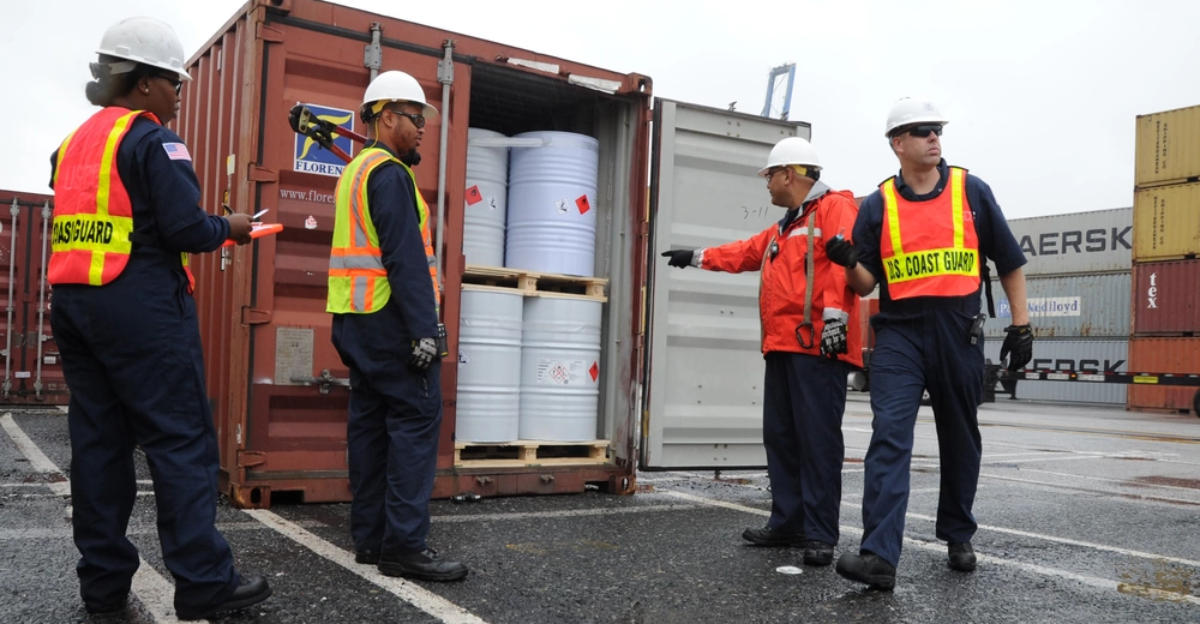
In early 2023, the imposition of tariffs led to a significant increase in shipping costs across the United States. Freight rates surged by 12% in the first quarter alone, catching logistics firms off guard. This sudden rise in expenses put immense pressure on supply chains nationwide as companies scrambled to adjust their budgets and strategies.
Higher shipping rates, coupled with growing inflation, made it difficult for both consumers and businesses. This financial strain marked the beginning of a perfect storm that would not only change delivery logistics but also heighten vulnerabilities within the supply chain.
Risk Rises
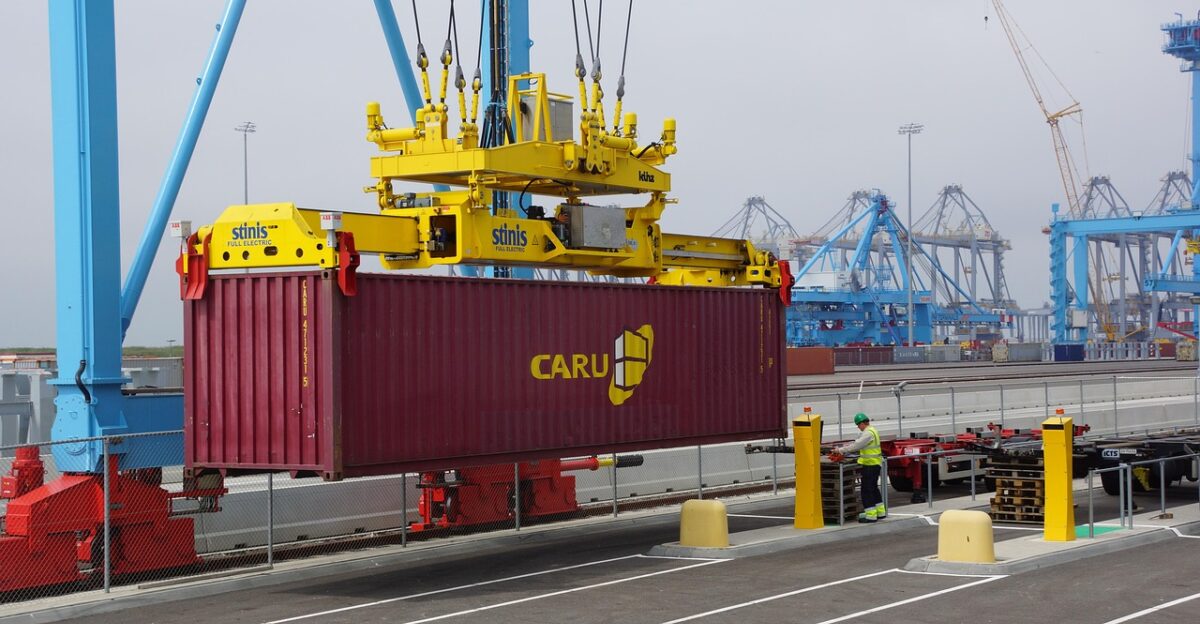
Cargo theft is now escalating at an alarming rate, with industry watchdog Sensitech reporting a 33% increase in thefts in 2023, the sharpest annual spike in a decade. The upward trend shocked logistics providers, many of whom were unprepared for the implications of the rising crime rate. Insurance companies faced unprecedented payouts, while law enforcement struggled to tackle the growing crisis.
The challenge becomes even more complex as traditional security measures falter. As theft rates rise, companies are compelled to reassess their security protocols, adapting to a shifting landscape marked by increased risks.
Supply Chain Strain
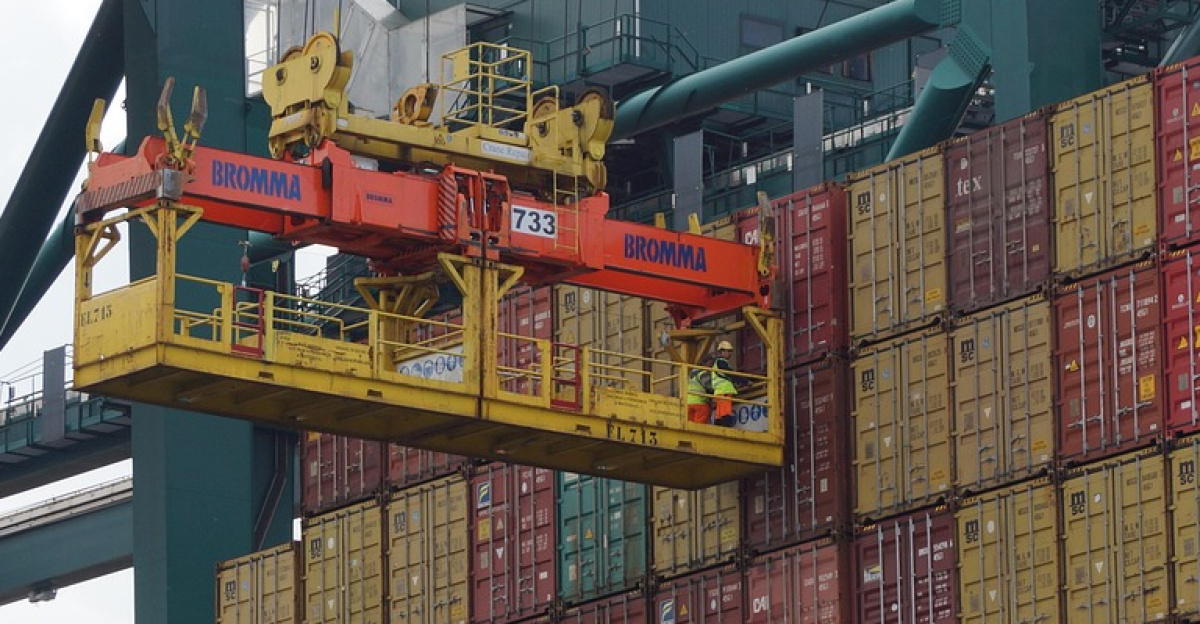
For years, cargo theft had been a manageable issue within the U.S. logistics sector, particularly along key highways and freight hubs such as Los Angeles and Chicago. However, the policy shift in early 2023 disrupted stable routes and exacerbated existing vulnerabilities.
Companies reported a steady rise in theft incidents, showcasing the direct correlation between tariff policies and supply chain complications. As thefts became more rampant, logistics firms faced severe disruption, causing delays and larger operational challenges. The fragility of supply chains exposed by these changes urges businesses to adapt, enhancing their focus on loss prevention and recovery strategies.
Pressure Builds
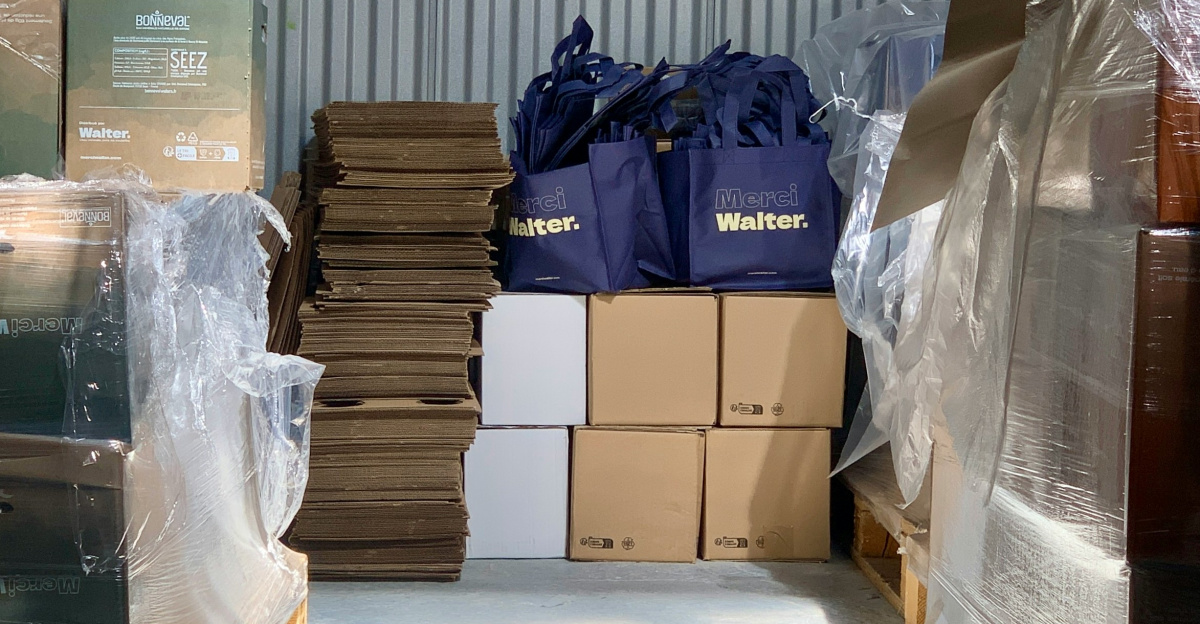
The combination of tariffs, port delays, and soaring goods prices created a perfect storm, putting immense pressure on logistics operators. Analysts from the National Retail Federation noted the mounting difficulties, particularly in securing loads and managing shipments.
Sectors such as electronics and consumer goods were hit especially hard, leaving retailers struggling to meet consumer demand amid widespread chaos. As supply chains falter, the ramifications can permeate through multiple layers of the market, affecting everything from production to sales. This growing pressure drives conversations around innovative solutions to combat rising costs and operational vulnerabilities.
Surge Unveiled

Federal data reported a staggering 33% increase in cargo theft incidents for 2023, accumulating a record loss of $512 million. This surge directly coincides with the new trade barriers imposed on imports from nations like China and Mexico. The theft wave had a significant impact on logistics, prompting companies to reassess their protective measures.
As the theft issue gained focus, many industry veterans recognized that without action, these losses could jeopardize the stability of crucial supply chain processes. Such alarming statistics underscore the harsh realities businesses now face in the realm of freight transportation and distribution.
California Hit
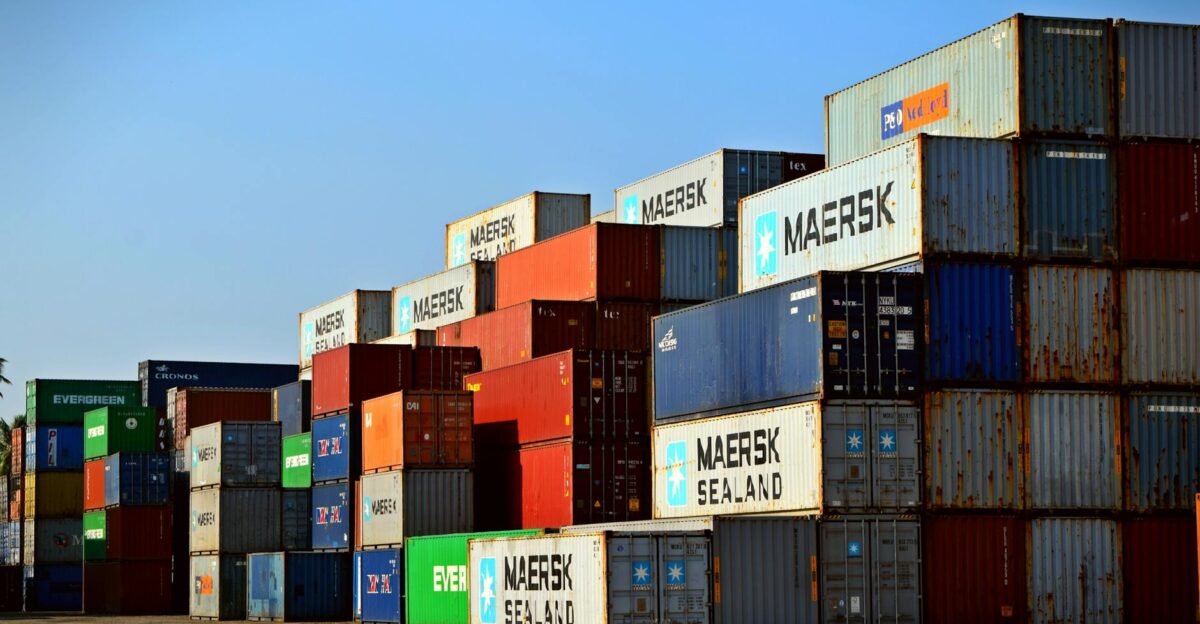
California emerged as the epicenter of cargo theft, suffering over $185 million in reported losses in 2023 alone. The situation worsened, particularly at the ports of Los Angeles and Oakland, where theft incidents doubled compared to 2022.
These alarming figures put significant strain on supply flows critical to West Coast retailers. The rise in thefts threatens not only the financial viability of businesses but also their long-term consumer trust in their operational reliability. As theft rates soar, California serves as a cautionary tale of how structural vulnerabilities can have far-reaching consequences across multiple supply chains.
Worker Worries
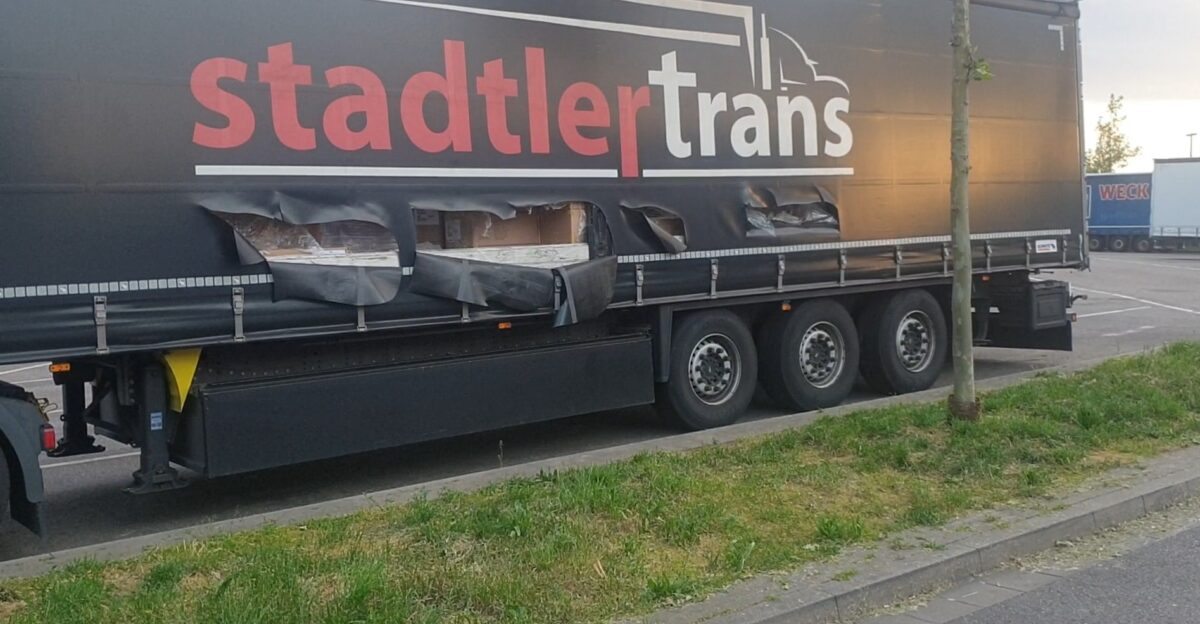
The human impact of the cargo theft crisis is unmistakable. Veteran truck driver Richard Owens expressed his dismay, stating, “It’s never been like this. You hear about stolen loads every week.” The most affected drivers work for mid-sized carriers that struggle to cope with rising insurance costs. The stress and uncertainty of navigating increasingly dangerous hauls weigh heavily on these workers.
Their concerns highlight the broader implications of the rising crime wave on those behind the wheel, underscoring the need for enhanced protection and support within the industry. This human lens adds depth to travel narratives marred by growing incidents of theft.
Industry Response
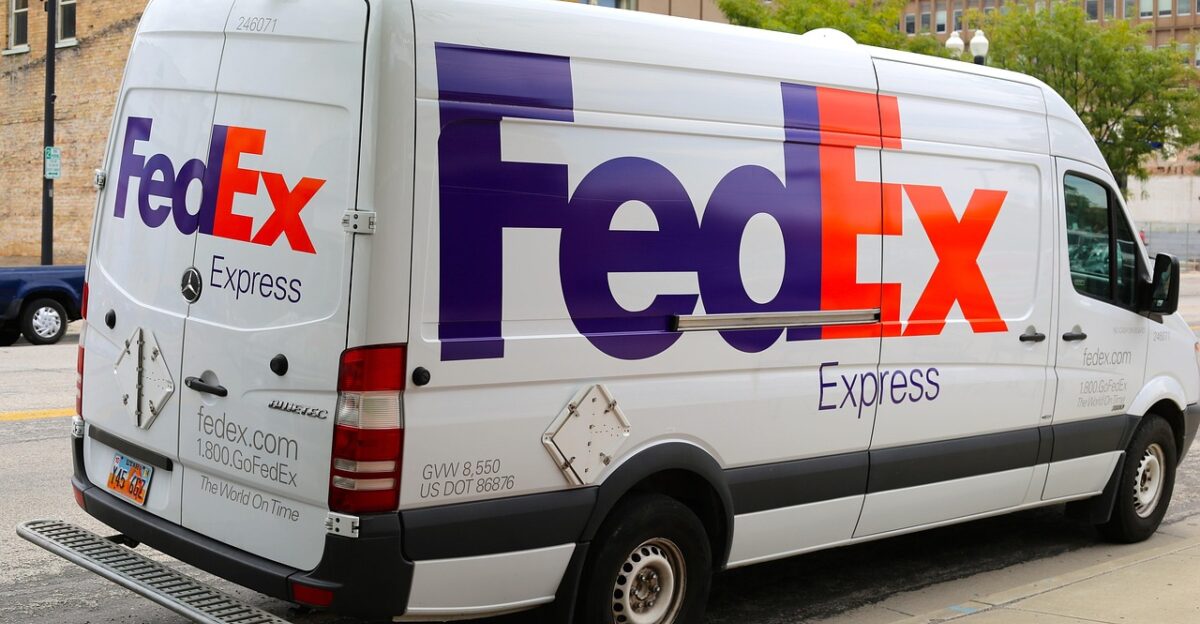
In response to escalating losses, major logistics providers, including FedEx and XPO, have forged new security partnerships. FedEx CEO Raj Subramaniam announced significant investments in technology and training aimed at enhancing the safety and security of shipments.
Through these initiatives, companies strive to counteract theft and to improve tracking capabilities in the face of rising crime rates. By embracing innovative solutions and collaborating with security experts, these companies signify a shift in industry attitudes toward cargo protection. The proactive measures taken reflect a commitment not only to surviving but also to thriving in an increasingly complex supply chain environment.
Ripple Effect

The ripple effects of increased cargo theft are being felt across multiple sectors. Particularly hard-hit are manufacturers in industries like auto parts and electronics, who are now facing shipment delays and growing inventory shrinkage. The National Association of Manufacturers has highlighted how these supply disruptions adversely affect output at crucial U.S. assembly plants.
The emerging threat of theft does more than escalate costs; it has the potential to interrupt production and compromise the entire supply chain, reverberating through suppliers, manufacturers, and ultimately consumers, a chain reaction that underscores the urgency for effective countermeasures.
Insurance Skyrockets
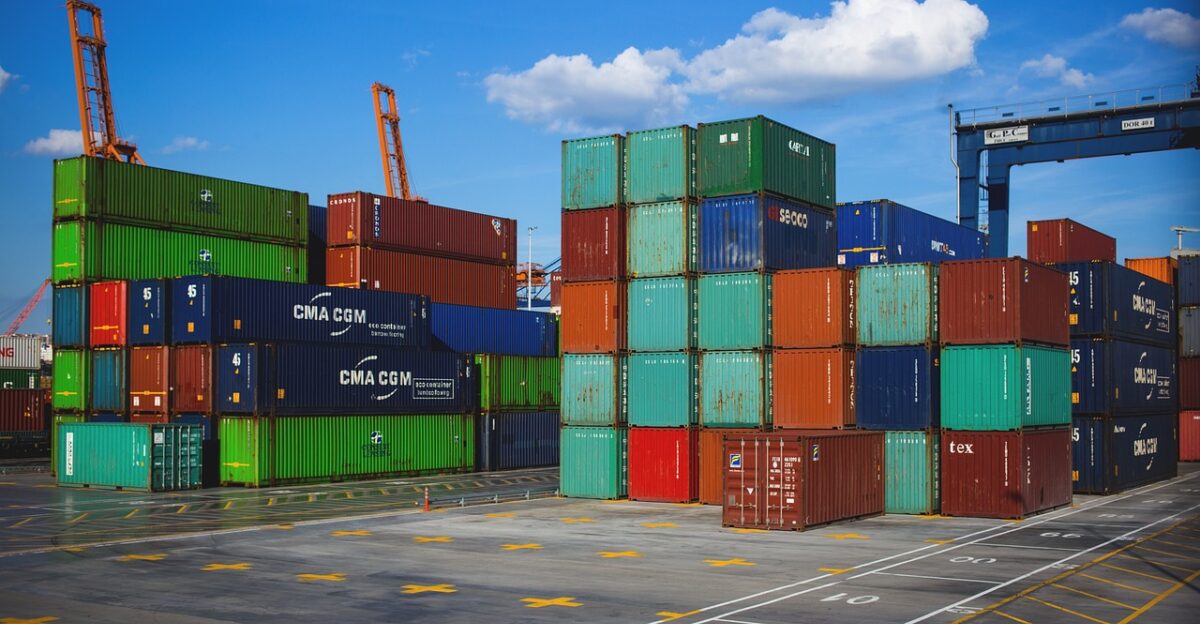
The surge in cargo thefts has led to an 18% nationwide increase in insurance premiums for freight haulers. This abrupt spike has prompted multiple carriers to find themselves in precarious positions, with some cargo-dedicated policies facing termination due to escalating losses.
Consequently, many firms have been forced to self-insure or withdraw from specific high-risk regions, presenting more significant operational challenges. These evolving insurance dynamics illustrate a broader response to the financial impact of theft while highlighting the increasingly precarious balance between risk management and profitability in the logistics environment.
Tense Boardrooms

Inside freight companies, internal memos revealed growing tensions during board meetings, where executives confronted uncomfortable questions regarding accountability and strategy. As losses continued to mount, some directors hinted at the need for necessary leadership changes if results did not improve.
High-pressure scenarios in boardrooms reflect the urgency with which these companies are treating the rising threat of cargo theft. With confidence waning and uncertainty looming, corporate strategies are under intense scrutiny. The ongoing crisis has catalyzed critical discussions about resilience and adaptability, prompting logistical leaders to rethink their overall risk management strategies.
Leadership Shifts

In March 2024, C.H. Robinson appointed a new Chief Security Officer, reflecting a broader trend among leading cargo carriers prioritizing crime prevention. These companies are increasingly striving to enhance security and transparency for their clients. Security leadership is becoming a critical component of logistics strategy, necessitating decisive actions and comprehensive plans to tackle rising crime rates.
By focusing on experienced professionals in security roles, these firms aim to navigate the complex challenges posed by tariff changes and increasing theft incidents more effectively, thereby positioning themselves for sustainable success in a more challenging environment.
Strategic Comeback
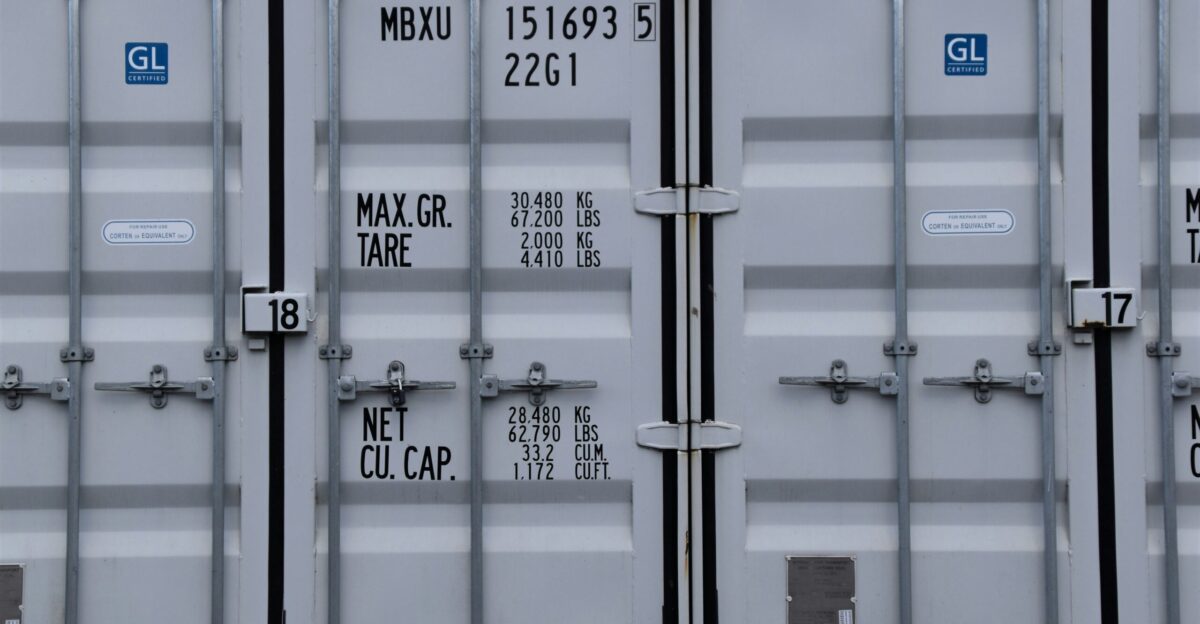
Several carriers are rolling out pilot programs that utilize real-time GPS tracking, tamper-evident seals, and artificial intelligence-based monitoring to combat cargo theft. Early results indicate a promising 9% reduction in theft occurrences within test corridors, showcasing the potential of technology to reshape security protocols.
These innovative measures highlight a proactive shift among companies seeking not merely to respond to crime but to outpace it. As logistics firms adapt to technological advancements, they aim to cultivate safer transport routes while minimizing losses, redefining how the industry addresses unprecedented challenges.
Skeptical Experts

Despite advancements in security measures, analysts remain wary. Supply chain expert Hannah Green warned, “Organized groups have adapted quickly.” She emphasized that while tariff policies may shift dynamics, criminal networks tend to move faster and are agile in exploiting weaknesses. Such skepticism highlights the rapid evolution of crime in logistics, suggesting that enhanced security may not be sufficient in the face of sophisticated criminal elements.
Experts continually call for vigilance and adaptability as businesses counter rising crime without compromising their operational efficiency. The ongoing cat-and-mouse game between crime and security will require ongoing scrutiny and strategic foresight.
What’s Next?
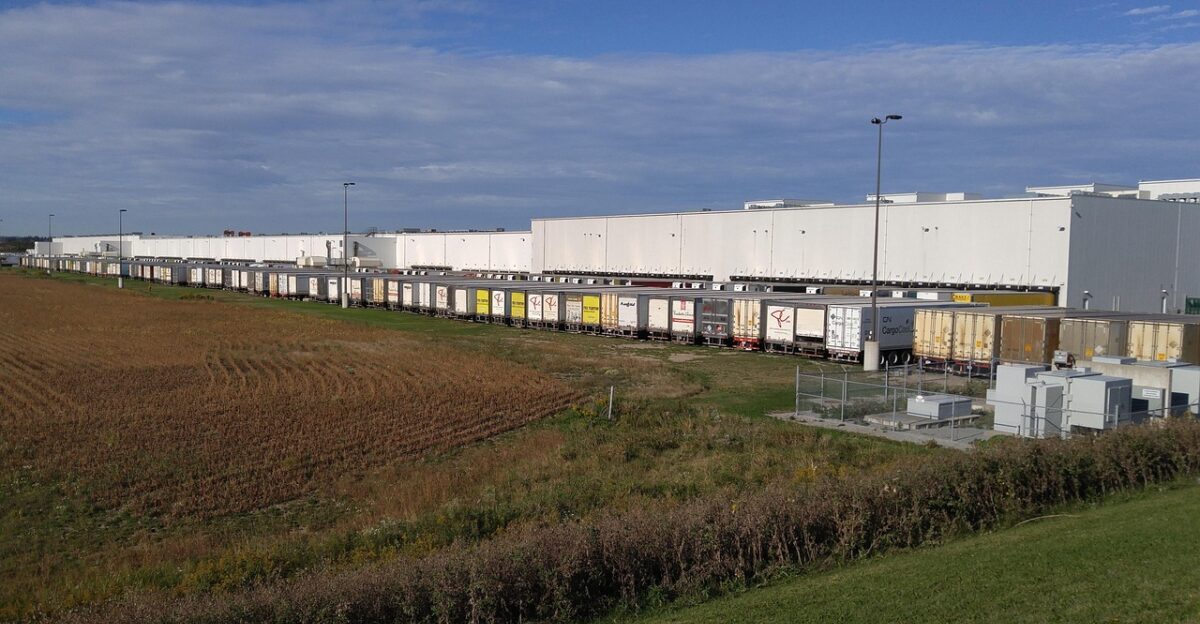
The continued volatility of cargo theft, amid ongoing trade barriers, raises pressing questions. Analysts anticipate further fluctuations as economic pressures persist, prompting calls for policymakers to strike a balance between security and trade openness.
The future of cargo theft remains uncertain, with some predicting an escalation unless diligent efforts are made to rectify underlying vulnerabilities. Stakeholders across the spectrum must stay alert and adaptable to ensure the sustainability of their logistics practices while navigating intensified crime. The persistent threat requires collaborative solutions to safeguard a sector that continues to evolve in complexity.
Political Pressure

In June 2025, senators from port states demanded federal aid to enhance warehouse security. Congressional hearings featured stark testimonies from affected business owners detailing rising costs and escalating safety concerns. Lawmakers are grappling with the consequences of increasing thefts and are pressing for legislative actions that empower businesses to safeguard their assets.
The growing urgency for government involvement signifies a recognition of cargo theft as a critical issue that transcends individual companies; it represents a systemic challenge requiring coordinated responses from federal, state, and local entities. This evolving political landscape may shape future frameworks for shipping security.
Global Resonance

The cargo theft crisis has not confined itself to U.S. borders; there are concerning reports of similar surges in Mexico and Canada, following trade disruptions. Law enforcement agencies throughout Latin America are collaborating with U.S. Homeland Security to track and dismantle cross-border crime syndicates targeting high-value shipments.
The need for a concerted international effort to address these criminal networks has become increasingly apparent. Global collaboration highlights the need to adapt to the interconnected nature of modern supply chains, a challenge that requires unity across borders to combat rapidly evolving threats effectively.
Legal Fallout

In the wake of rising thefts, multiple lawsuits against shippers and insurers are currently pending in courts across California and Texas. These legal battles emphasize the importance of accountability within the freight industry as stakeholders seek reparations for losses incurred amid escalating theft rates.
Litigation is shaping a landscape where companies must not only enhance security but also manage the risk of legal repercussions stemming from inadequate protection. As these cases unfold, they will likely set precedents that determine the responsibilities of firms related to cargo security and customer trust.
Changing Policies

In response to the surging theft rates, logistics companies are beginning to reassess their theft policies and mitigation strategies. Some are opting for more robust security measures, while others are seeking to implement new protocols to effectively tackle the evolving landscape of cargo theft.
Recent conversations have triggered an industry-wide re-evaluation of risk management approaches, encouraging firms to adapt swiftly to the realities they face. With an increased focus on policy change, the logistics sector is witnessing a pivotal shift towards accountability, resilience, and adaptation to ongoing crime threats.
The Lessons of Cargo Crime
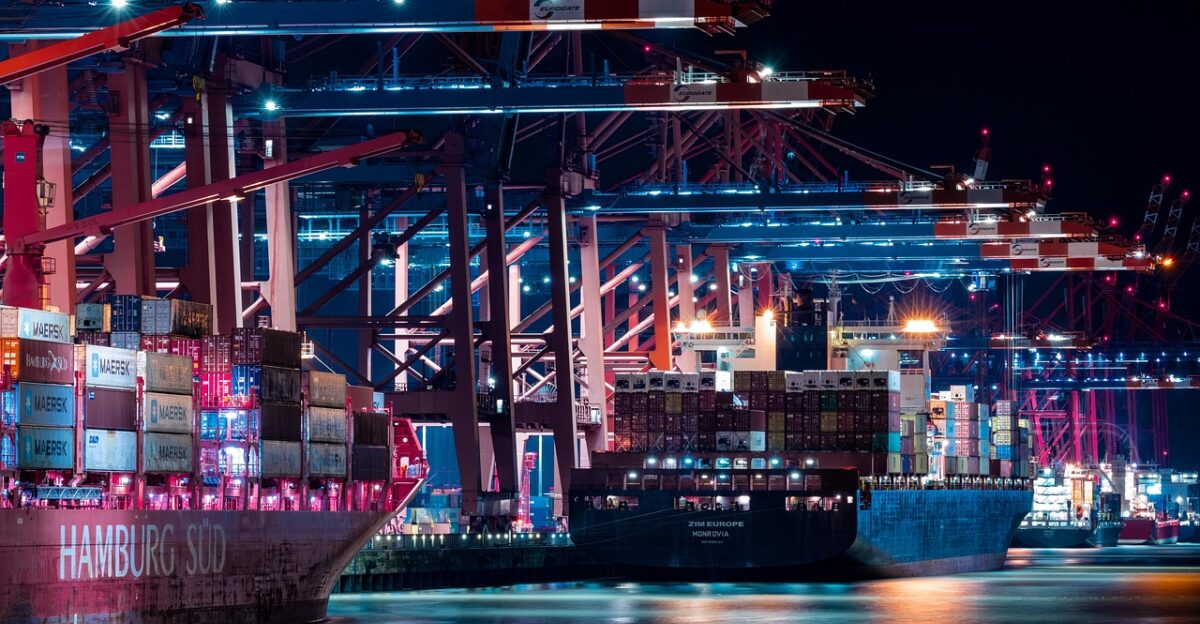
The unfolding saga of cargo crime serves as a stark reminder of the complex challenges confronting the logistics industry. From soaring theft rates to rising insurance costs and shifting consumer expectations, companies must navigate a precarious landscape to ensure their viability. The dual pressures of protecting assets and maintaining operational efficiency offer valuable lessons for the future.
As tariffs continue to influence global supply dynamics, stakeholders in the logistics sector are called to engage in proactive dialogue and implement robust security measures. The convergence of lessons learned during this tumultuous period could reshape the future of cargo transportation.